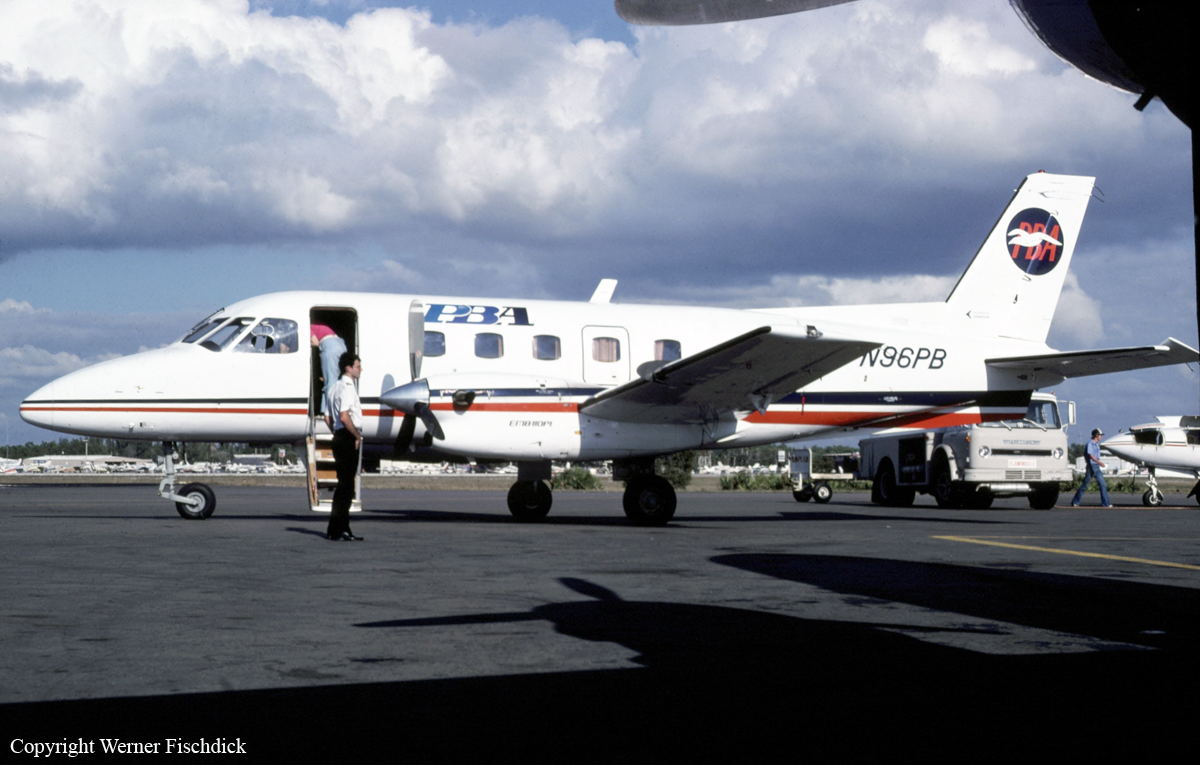Crash of a Piper PA-60 Aerostar (Ted Smith 600) in Jacksonville: 1 killed
Date & Time:
Mar 22, 1989 at 2244 LT
Registration:
N77BR
Survivors:
No
Schedule:
Atlanta – Jacksonville
MSN:
60-0600-7961193
YOM:
1979
Crew on board:
1
Crew fatalities:
Pax on board:
0
Pax fatalities:
Other fatalities:
Total fatalities:
1
Captain / Total hours on type:
1250.00
Aircraft flight hours:
3891
Circumstances:
During arrival, the pilot was cleared for an ILS runway 07 approach. Also, he was advised of a DC-9 that was 4 miles ahead and was told to use caution for wake turbulence. As the aircraft was on final approach, it descended below the ILS glide slope and subsequently hit trees and crashed about 1.8 mile short of the runway. No preimpact part failure or malfunction of the aircraft or engines was found that would have resulted in an accident. Also, there were no reported problems with the ILS system and it tested normal after the accident. The pilot held a commercial pilot certificate which was good for single engine land aircraft; his multi-engine privileges were authorized as a private pilot, only. An NTSB performance study showed the aircraft was 2 minutes and 57 seconds behind the DC-9. Radar data indicated the aircraft did not exceed a bank angle of 32° and no excessive g-values were evident during the approach. The pilot, sole on board, was killed.
Probable cause:
Improper use of the IFR procedure by the pilot, his failure to maintain a proper glide path, and his failure to identify the decision height.
Final Report:


